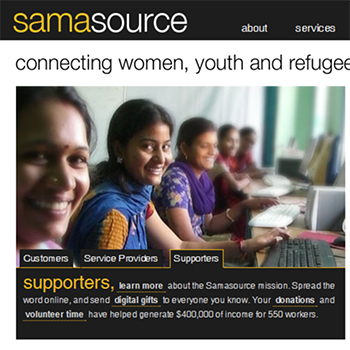A bank is a fundamental financial setup that formalises our financial activities. Banks have played a major role in helping manage our money and offer fair savings and credit products. With the intervention of digital technologies, banks have remodelled their functioning and reach. But there is a large section of society that is still unbanked or underserved. In my project, I have tried to understand the financial needs of urban low-income users and the mismatch between current banking services offered to them. Their needs and cognitive potential are different due to low levels of literacy, low monthly earnings, and low digital technology intervention. The most felt needs for this user group are easy account enrollment, suitable savings, credit, and remittance products with micro-value transactions on a suitable delivery channel. According to financial inclusion plans, the RBI has introduced No Frills Savings Accounts with relaxed KYC norms and encourages banks to collaborate with banking facilitators such as FINO to source banking services to unserved and underserved populations. This project, in partnership with FINO’s current setup, allows me to explore the potential of mobile banking, which offers suitable financial services in a safe and usable interactive experience.




